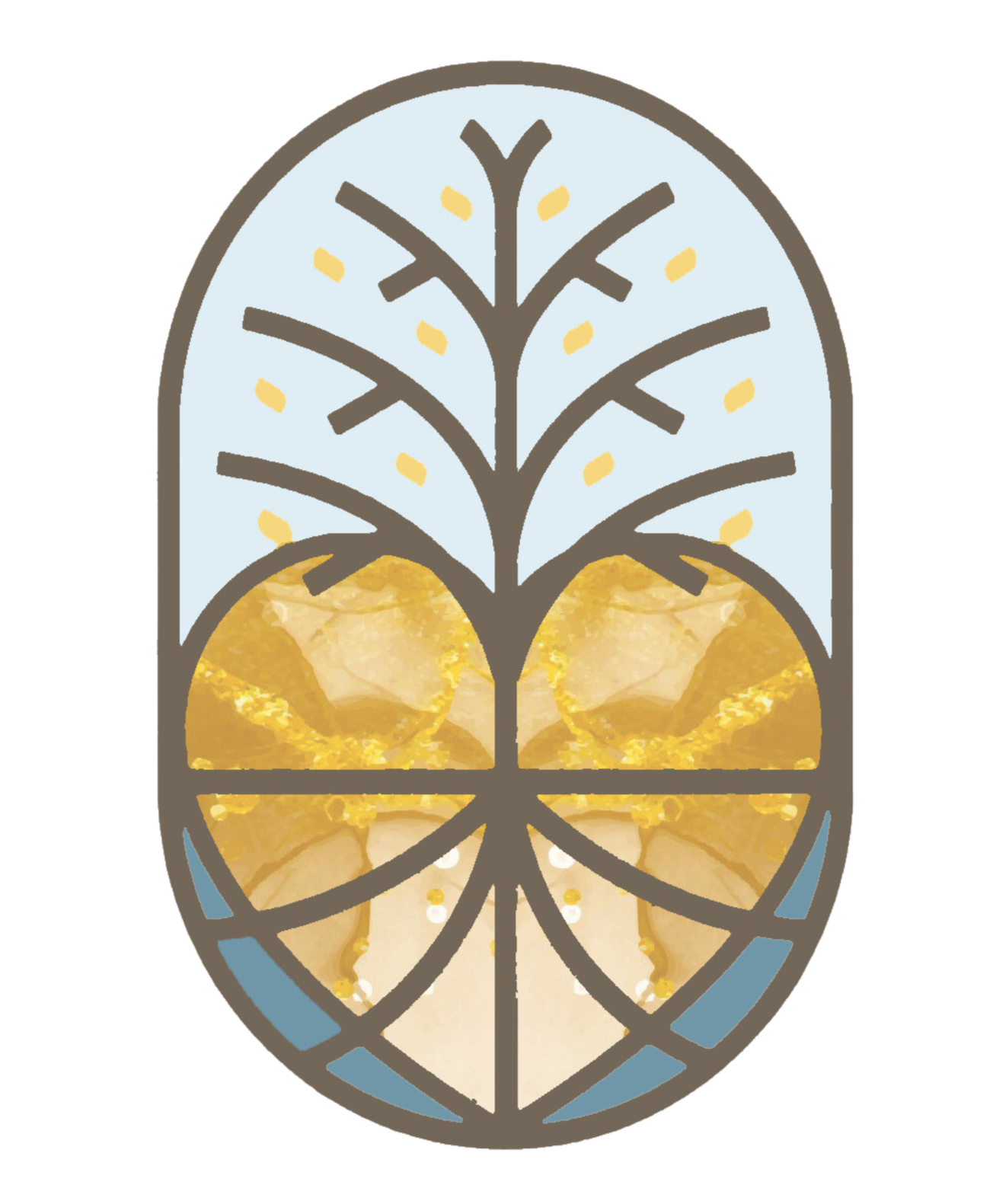A Reflection on Anais Nin's Quote
There are moments in therapy—and in life—when truth feels fluid, almost shimmering. Not because we are dishonest, but because our nervous systems, our histories, and the layers of who we’ve had to become shape what we are able to see. Anaïs Nin captured this with such clarity: “We don’t see things as they are, we see them as we are.”
When Grief Meets Trauma: Finding Meaning, Presence, and Healing
In my work, I hold grief as a deeply human experience — not something to overcome, but something to honour. Grief asks us to slow down and listen to the body, to notice what it’s holding, and to allow space for what has been lost. Healing begins not in trying to “let go,” but in learning how to stay connected — to the love that existed, to the parts of ourselves that feel broken, and to the nervous system that is working tirelessly to protect us in the face of pain.
The Changing Conversation: What We Learned from the National Menopause Show 2025
At the National Menopause Show in Toronto, leaders like Sophie Grégoire Trudeau, Dr. Michelle Jacobson, Amanda Thebe, and Shirley Weir reminded us that menopause is not a taboo — it’s a health transition deserving understanding and care.
You’re Not Broken: You’ve Been Protecting Yourself
This piece is for anyone who’s ever wondered if they’re too broken to begin healing. You’re not.
It was written for someone dear to me — someone afraid to return to therapy — and for anyone else standing at the doorway to healing, unsure if that door is open for you. It is.
It’s a reflection on EMDR therapy and how the body learns it is safe again. Told through three imagined voices — a therapist, a client, and someone yet to begin — it offers a gentle reminder: you don’t need to be ready to start again. You can just show up as you are.
The Difference Between Taking Time Off and Making Space
Many people mistake taking time off for making space.
It sounds similar, but it’s not the same.
Time off is often filled with activity — catching up on chores, scrolling through social media, visiting family, or even engaging in well-intentioned self-care that still carries a subtle sense of urgency. The nervous system never really settles. The body may rest, but the mind stays busy.
Making space, on the other hand, is an internal practice. It’s a choice to pause long enough for presence to return. It’s what allows the body to exhale — to remember safety not just in calm moments, but even when life feels chaotic or uncertain.
Authenticity and Attachment
Authenticity and attachment often live in tension with one another. Authenticity invites us to live in alignment with our inner truth—our needs, limits, and emotions—while attachment pulls us toward connection, belonging, and approval.
Fear in Motion: Lessons from the Trail
A personal reflection on courage as ‘fear walking’ and the calming confidence that comes from choosing to move forward in this way.
Fear doesn’t wait for permission — it shows up in the woods, in therapy, and in the quiet aftermath of a life-altering decision.
To avoid being paralyzed by fear, we need to acknowledge it and keep going.
Every time I choose to walk with fear, I find a little more of myself. And that, I’ve come to believe, is the quiet strength that saves us.
When the Past Still Feels Present: Letting Go or Holding Differently
Some moments from our past are unshakably real. They happened. They left an imprint. We might remember the exact feeling in our body, the way the room looked, or the words spoken. Those experiences—whether painful, shaming, or frightening—can hold truth.
But even when the memory is true, it’s worth asking:
What did I believe about myself or the world at that time?
Is that belief still true today?
Do I still need to carry this in the same way?
Because often, it’s not the facts of the event that keep us stuck—it’s the meaning we gave it, the story we told ourselves in that moment, and the way our body continues to react as though it’s happening again.
Setting Boundaries with My Favorite 13-Year-Old
I put my own ability to set boundaries—even with little things—to the test over the last two days.
I had my niece, a teenager who’s in that developmental stage of asserting her independence and finding her own sense of self.
I realized quickly that I had to be very clear with boundaries—which, when I think about it, are really just rules within a structure. And structure, while not always popular, provides a kind of steadiness that young people actually need, even when they push against it.
When the Familiar Isn’t the Truth
Sometimes we mistake the familiar for the truth.
When we feel disconnected from ourselves, we often find comfort in old patterns—ways of thinking and behaving that have been with us for years. They might not be helpful, and they might even hold us back, but they feel known. And the known, even when it’s painful, can feel safer than the unknown.
These patterns—what in therapy we might call “parts” of ourselves—are often just old ways of knowing. They were formed at some point to help us make sense of life, to keep us safe, to help us belong. Over time, though, they can start to run the show, shaping our decisions without us even realizing it.
When Presence Lingers: A Reflection on the Heart of This Work
There are moments in this work that stand out—not because of what was done, but because of what was felt. Today was one of those moments.
I received a reflection from a client that I’ve continued to carry with me. It wasn’t focused on a technique or a strategy. Instead, they spoke about the shift that came from how they were received. That reminder of the how—not just the what—felt quietly important.
They spoke about what it meant to feel truly seen. Not just heard, but attuned to. They named the steady presence in the room, the way that safety began to emerge—not through doing, but through being. When grief overwhelmed them, when breath and rational thought slipped away, their nervous system did what it had always known to do: flee, shut down, collapse. What made the difference, they said, was not something said or fixed—it was knowing they didn’t have to hold it alone.
Who Defines the Pace of Healing?
In many structured systems—insurance plans, workplace programs, community services—the time offered for therapy is often limited. Four sessions. Maybe six. And the expectation is that something meaningful should happen within that timeframe. But the deeper work of therapy doesn’t usually unfold according to a fixed schedule.
What the Grieving Need Most
Grief is not just sadness. It can be numbness, confusion, anger, silence, or exhaustion. It can be quiet or overwhelming. It can show up long after the world expects it to.
Grief is a change that you did not want. It can interrupt everything familiar and make the ordinary feel unfamiliar. While others may offer advice, reassurance, or encouragement to “stay strong,” those who are grieving often need something much simpler: to be met exactly where they are.
Grief expert David Kessler, who has spent decades supporting individuals and families through loss, outlines six essential needs that often arise in the grieving process. These are not stages or steps—but invitations to honour what grief asks of us.
Reconnecting with Your True Self: Breaking Free from Old Patterns
We all fall into patterns—ways of reacting, thinking, or behaving that once made sense, but no longer feel right. Sometimes it’s a familiar feeling that shows up out of nowhere, or a reaction that seems bigger than the situation calls for. These patterns can keep us stuck, especially when we start to believe they define who we are.
But what if we didn’t take them so personally? What if we could let them surface without immediately judging or trying to fix them?
With practice, it becomes possible to notice what’s happening without getting swept away. This creates room to respond differently—more in line with what matters to us now, not just what we’ve learned to do over time.
The Symptoms of Trauma
No two people respond to trauma in the same ways.
It’s important to be open-minded, sensitive, and compassionate when supporting a loved one. If you’re the one struggling, remember that your feelings are real. It’s okay to have good days and bad days- this is a normal part of the recovery process.
Grief, Healing, and the Space In Between
Grief touches all of us at some point in our lives. Whether it comes suddenly or follows a long goodbye, the experience of loss can leave us feeling unmoored—like the world has shifted beneath our feet. In psychotherapy and counselling, grief is given the time, space, and compassion it deserves. It isn’t something to “get over,” but rather something we learn to live with—gently and gradually.
Art as Medicine
Art has long been a tool for expression, but it’s also a powerful form of regulation and healing. In my work as a therapist—and in my own personal growth—I’ve seen how creative practices can shift the way we connect to ourselves. For me, creative expression helps me be more mindful. It gives me a way to slow down, listen inward, and see things more clearly.
Why Connection to Self matters
Why Connection to Self matters
By Angela Larmer
Disconnection from ourselves can show up in many ways—feeling numb, overwhelmed, anxious, irritable, or like we’re on autopilot. For some, it’s a response to chronic stress. For others, it’s linked to unresolved trauma, grief, loss, or major life transitions.
Wisdom in Interpersonal Boundaries
The first step in setting healthy boundaries is recognizing the internal signals that arise when a boundary is being crossed. These signals—feelings of discomfort, resentment, or frustration—are your mind and body’s way of alerting you to a potential violation of your needs or values. Reflecting on past experiences or imagining possible scenarios can help you identify these cues more clearly.




















